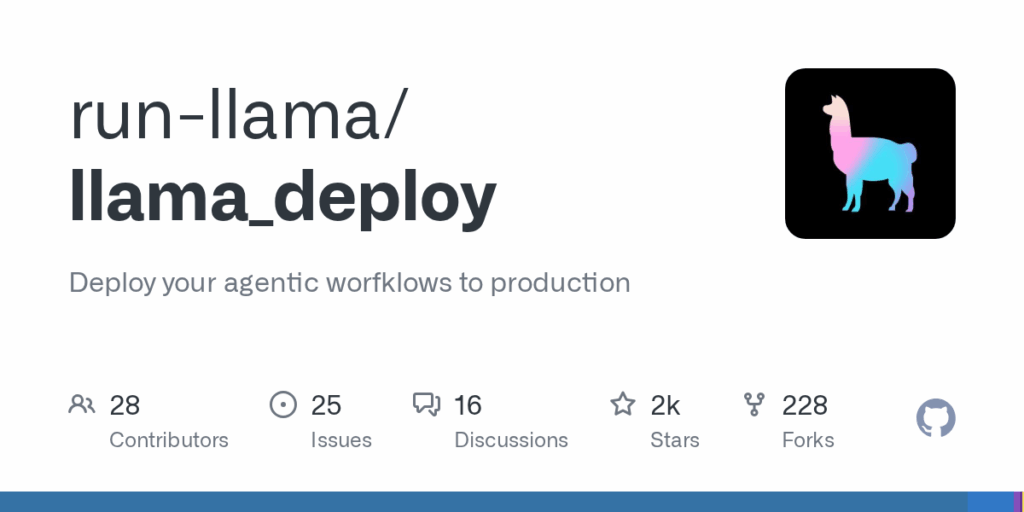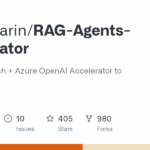llama_deploy
Basic Information
LlamaDeploy is an async-first framework designed to deploy, scale, and productionize agentic multi-service systems built with workflows from llama_index. It lets developers convert workflows they prototype in notebooks into cloud-run services with minimal or no changes to the original code. Workflows are exposed as HTTP-accessible services so user interfaces or other services can call them. The project provides both a Python SDK and an interactive CLI called llamactl to scaffold projects, deploy workflow definitions, and run deployments. It also includes a control-plane API server component to host and manage deployed workflows. The repository includes examples and templates to demonstrate end-to-end deployments, and the package is installable via pip.








